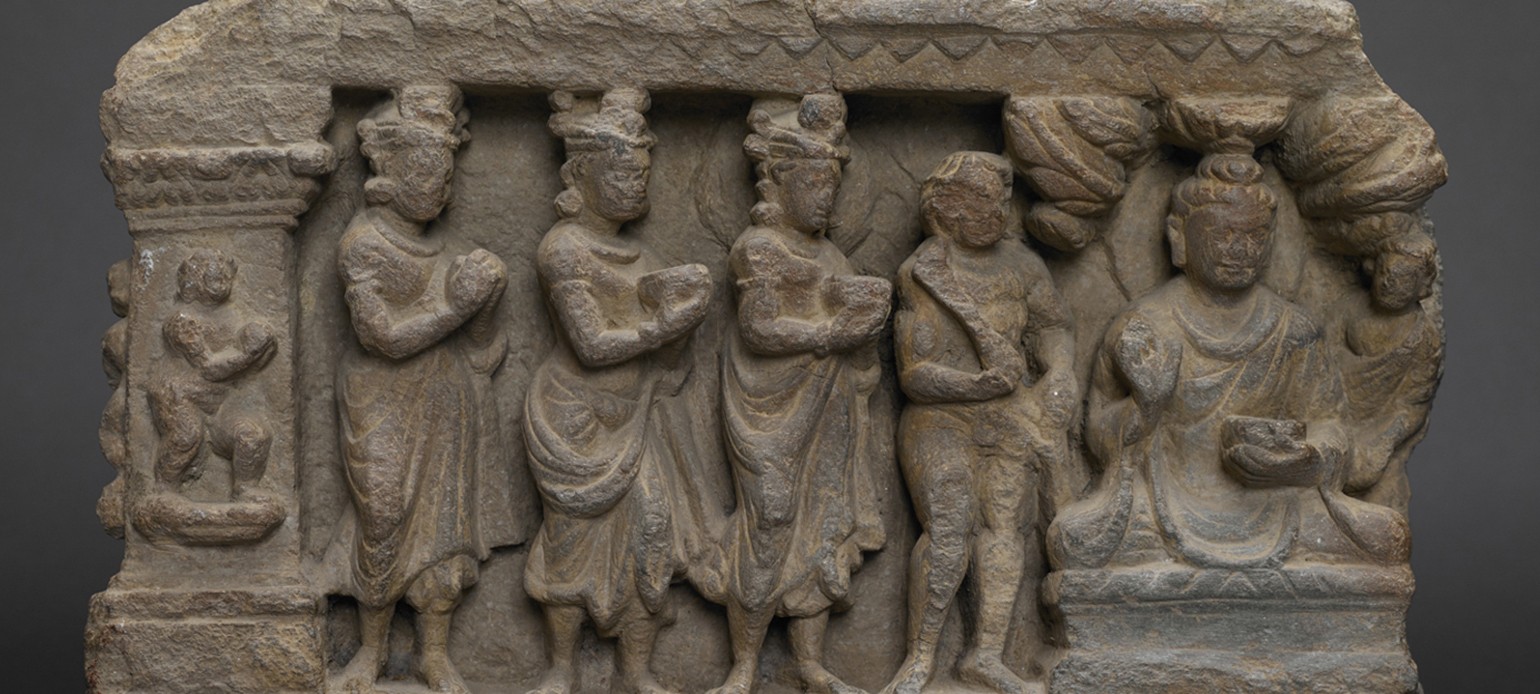What Is the Use of Buddhist Art?
What is the Use of Buddhist Art? draws from the Buddhist objects in the Collection of Art Properties housed at Columbia University’s Avery Architectural & Fine Arts Library. The exhibition includes sculptures, stelae, paintings, texts, and ritual implements from ancient Gandhara (Pakistan/India), Nepal, Tibet, China, Japan, and Southeast Asia.
What is the Use of Buddhist Art? Is curated by D. Max Moerman, Professor of Asian & Middle Eastern Cultures at Barnard College. “This exhibition is an opportunity to appreciate Buddhist visual and material culture in their contexts of practice and use: in rites of consecration and offering, visualization and protection, healing and fertility, and death and memorialization,” says Moerman.
SELECTED WORKS
Image Carousel with 5 slides
A carousel is a rotating set of images. Use the previous and next buttons to change the displayed slide
-
Slide 1: Head of a Bodhisattva, 960–1279, Song dynasty; China. Fresco. Art Properties, Avery Architectural & Fine Arts Library, Columbia University, Arthur M. Sackler Collections.
-
Slide 2: The Lokapala Offering Bowls to the Buddha, 2nd–3rd century; Gandhara. Schist. Art Properties, Avery Architectural & Fine Arts Library, Columbia University, Gift of Gary K. Johnson and Allyson Powers Johnson.
-
Slide 3: Bodhisattva (Possibly Manjusri) Reliquary, 18th century; Tibet. Gilded copper-zinc alloy (brass) with traces of polychromy and semiprecious stones. Art Properties, Avery Architectural & Fine Arts Library, Columbia University.
-
Slide 4: Seated Monk (Possibly Jizo Bosatsu), 13th century, Kamakura period; Japan. Lacquered and gilded wood with semiprecious stone. Art Properties, Avery Architectural & Fine Arts Library, Columbia University, Gift of J. G. Phelps Stokes.
-
Slide 5: Bodhisattva Standing on a Lotus Base, 960–1279, Song dynasty; China. Paulownia (foxglove) wood with polychromy. Art Properties, Avery Architectural & Fine Arts Library, Columbia University, Arthur M. Sackler Collections.
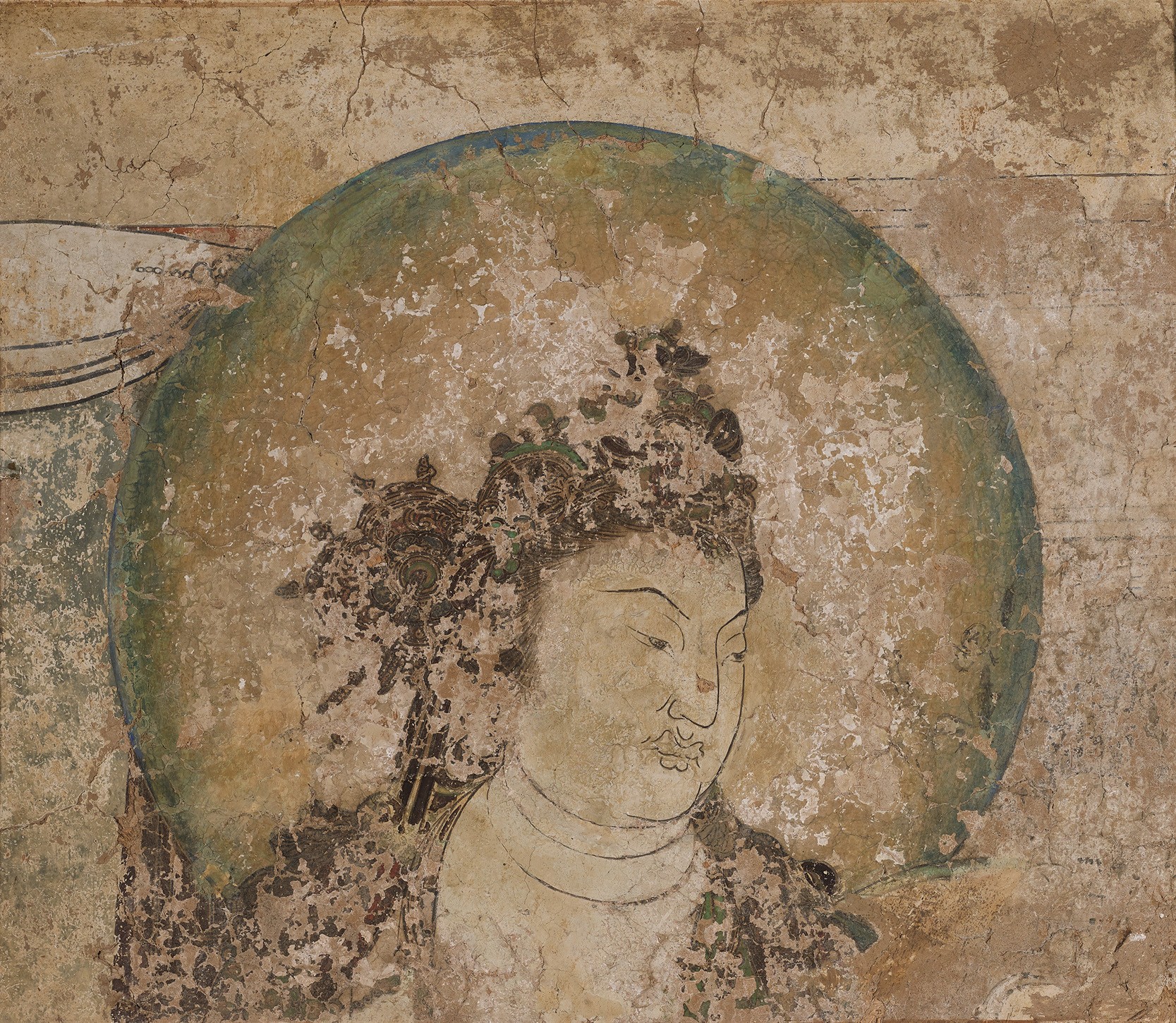
Head of a Bodhisattva, 960–1279, Song dynasty; China. Fresco. Art Properties, Avery Architectural & Fine Arts Library, Columbia University, Arthur M. Sackler Collections.
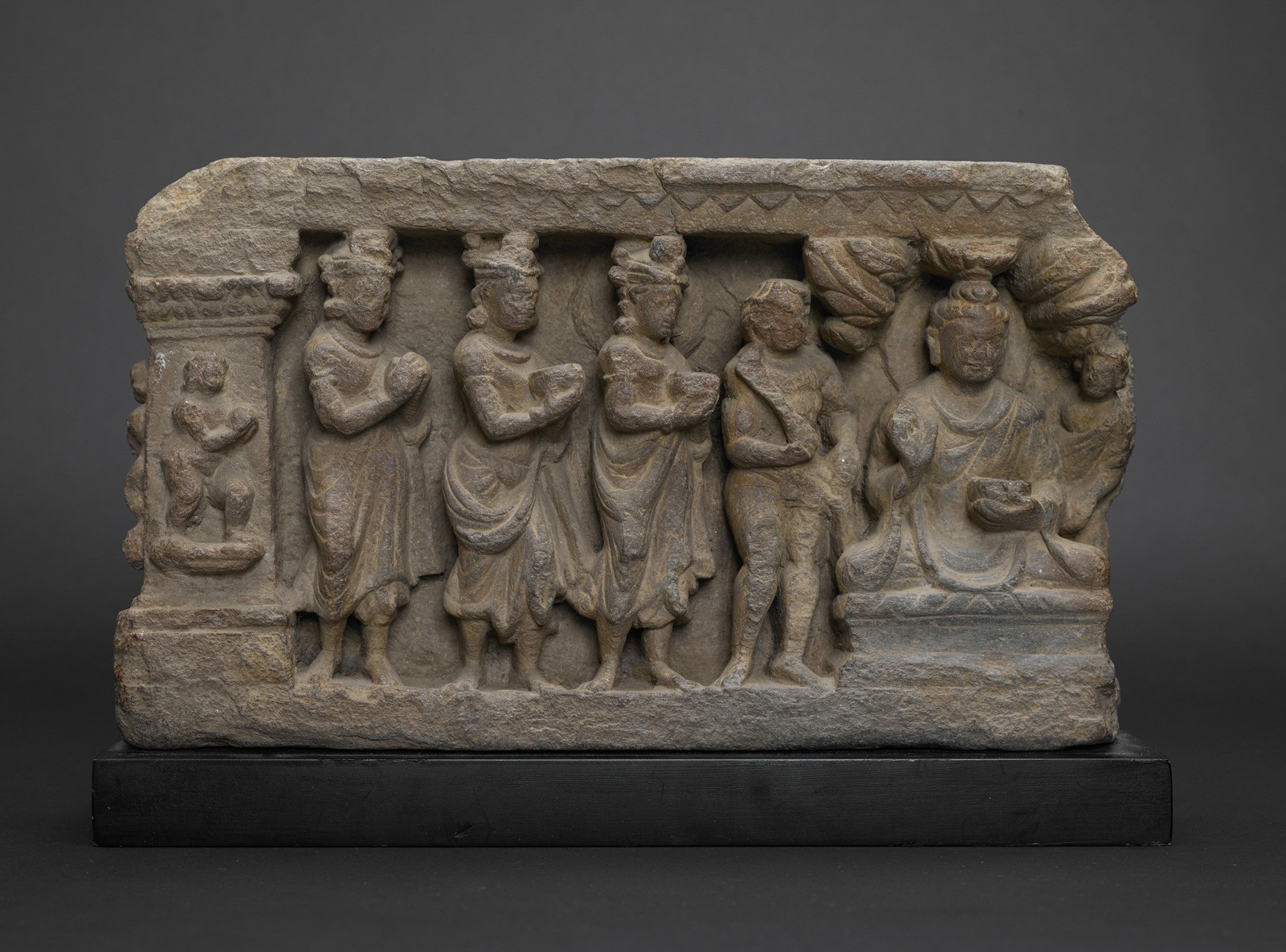
The Lokapala Offering Bowls to the Buddha, 2nd–3rd century; Gandhara. Schist. Art Properties, Avery Architectural & Fine Arts Library, Columbia University, Gift of Gary K. Johnson and Allyson Powers Johnson.
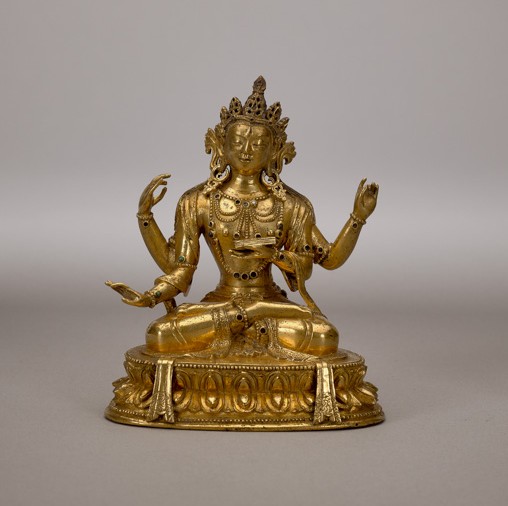
Bodhisattva (Possibly Manjusri) Reliquary, 18th century; Tibet. Gilded copper-zinc alloy (brass) with traces of polychromy and semiprecious stones. Art Properties, Avery Architectural & Fine Arts Library, Columbia University.
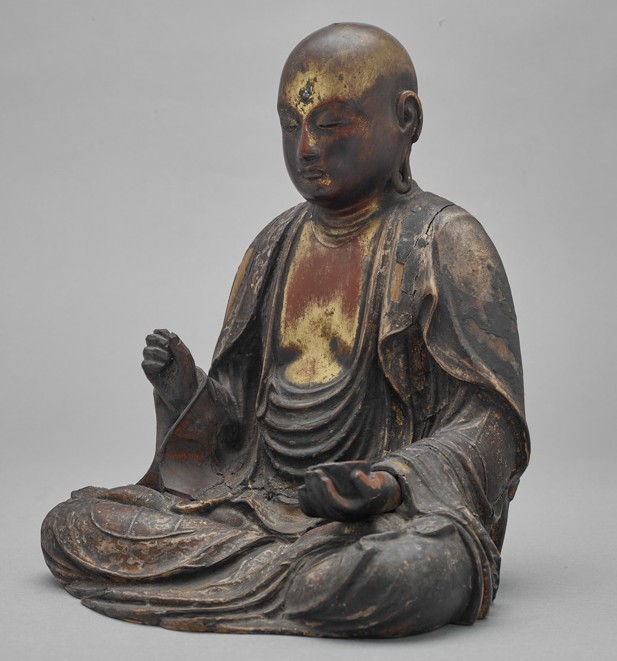
Seated Monk (Possibly Jizo Bosatsu), 13th century, Kamakura period; Japan. Lacquered and gilded wood with semiprecious stone. Art Properties, Avery Architectural & Fine Arts Library, Columbia University, Gift of J. G. Phelps Stokes.
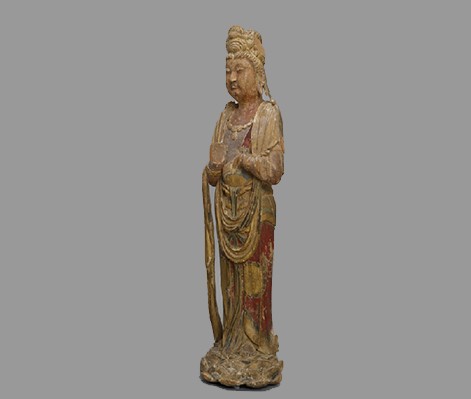
Bodhisattva Standing on a Lotus Base, 960–1279, Song dynasty; China. Paulownia (foxglove) wood with polychromy. Art Properties, Avery Architectural & Fine Arts Library, Columbia University, Arthur M. Sackler Collections.
The exhibition seeks to remove Buddhist objects from the modern European category of art and resituate them within the historical and ritual contexts of their production and use. Issues of agency, instrumentality, materiality, and presence in Buddhist visual culture are prioritized over art-historical concerns of form, style, and connoisseurship. By attending to the ritual function and religious use of Buddhist visual culture, What is the Use of Buddhist Art? emphasizes the social life of objects within Buddhist communities.
The varied uses include messages to those who will encounter the object in its contemporaneous present and distant future. As an example, the Votive Stele, dedicated by Monk Zhilang, dated 548, Eastern Wei dynasty, China, includes an inscription that identifies and celebrates the purpose of creating Buddhist objects and images: “We build stupas to mark our devotion, and we create image to express our dedication to the order.” Other objects such as the lacquered wood Seated Buddha from the late 15th century, Muromachi period, are made for personal devotion, worshipped privately for both worldly and otherworldly benefits. It has traces of gilding suggesting the golden glow it would have emanated in candle-lit sanctuaries. These objects function, within the exhibition context, as individual windows into Buddhist religious belief in practice.
What is the Use of Buddhist Art? coincides with the presentation of Object Relations: Indigenous Belongings and Time and Face: Daguerreotypes to Digital Prints. Collectively these exhibitions present more than 150 works of art and cultural heritage objects from Columbia’s Collection of Art Properties. Most on view to the public for the first time, they are a fraction of more than 13,000 objects in the holdings of the collection housed at the Avery Architectural & Fine Arts Library. This wide-ranging collection, built over two centuries, has been acquired principally through donations from alumni and faculty, and includes antiquities, cultural heritage objects, and numerous examples of works of art through the twenty-first century. The mission of the collection is to support educational programs, curricular integration, research, and study.
What is the Use of Buddhist Art? is supported by Frances Hsinyi Wu and Paul Pao-heng Yin, and the Center for Buddhism and East Asian Religion.
The Wallach Art Gallery's exhibition programs are made possible with support from the Miriam and Ira D. Wallach Endowment Fund, the Charina Endowment Fund, and the gallery's patrons. The gallery extends special thanks to Jeffrey Hoffeld and an anonymous donor.
INSTALLATION VIEWS
Image Carousel with 12 slides
A carousel is a rotating set of images. Use the previous and next buttons to change the displayed slide
-
Slide 1: Installation view of the exhibition "What Is the Use of Buddhist Art?", on view at the Wallach Art Gallery, Columbia University December 4, 2021-March 12, 2022.
-
Slide 2: Installation view of the exhibition "What Is the Use of Buddhist Art?", on view at the Wallach Art Gallery, Columbia University December 4, 2021-March 12, 2022.
-
Slide 3: Installation view of the exhibition "What Is the Use of Buddhist Art?", on view at the Wallach Art Gallery, Columbia University December 4, 2021-March 12, 2022.
-
Slide 4: Installation view of the exhibition "What Is the Use of Buddhist Art?", on view at the Wallach Art Gallery, Columbia University December 4, 2021-March 12, 2022.
-
Slide 5: Installation view of the exhibition "What Is the Use of Buddhist Art?", on view at the Wallach Art Gallery, Columbia University December 4, 2021-March 12, 2022.
-
Slide 6: Installation view of the exhibition "What Is the Use of Buddhist Art?", on view at the Wallach Art Gallery, Columbia University December 4, 2021-March 12, 2022.
-
Slide 7: Installation view of the exhibition "What Is the Use of Buddhist Art?", on view at the Wallach Art Gallery, Columbia University December 4, 2021-March 12, 2022.
-
Slide 8: Installation view of the exhibition "What Is the Use of Buddhist Art?", on view at the Wallach Art Gallery, Columbia University December 4, 2021-March 12, 2022.
-
Slide 9: Installation view of the exhibition "What Is the Use of Buddhist Art?", on view at the Wallach Art Gallery, Columbia University December 4, 2021-March 12, 2022.
-
Slide 10: Installation view of the exhibition "What Is the Use of Buddhist Art?", on view at the Wallach Art Gallery, Columbia University December 4, 2021-March 12, 2022.
-
Slide 11: Installation view of the exhibition "What Is the Use of Buddhist Art?", on view at the Wallach Art Gallery, Columbia University December 4, 2021-March 12, 2022.
-
Slide 12: Installation view of the exhibition "What Is the Use of Buddhist Art?", on view at the Wallach Art Gallery, Columbia University December 4, 2021-March 12, 2022.
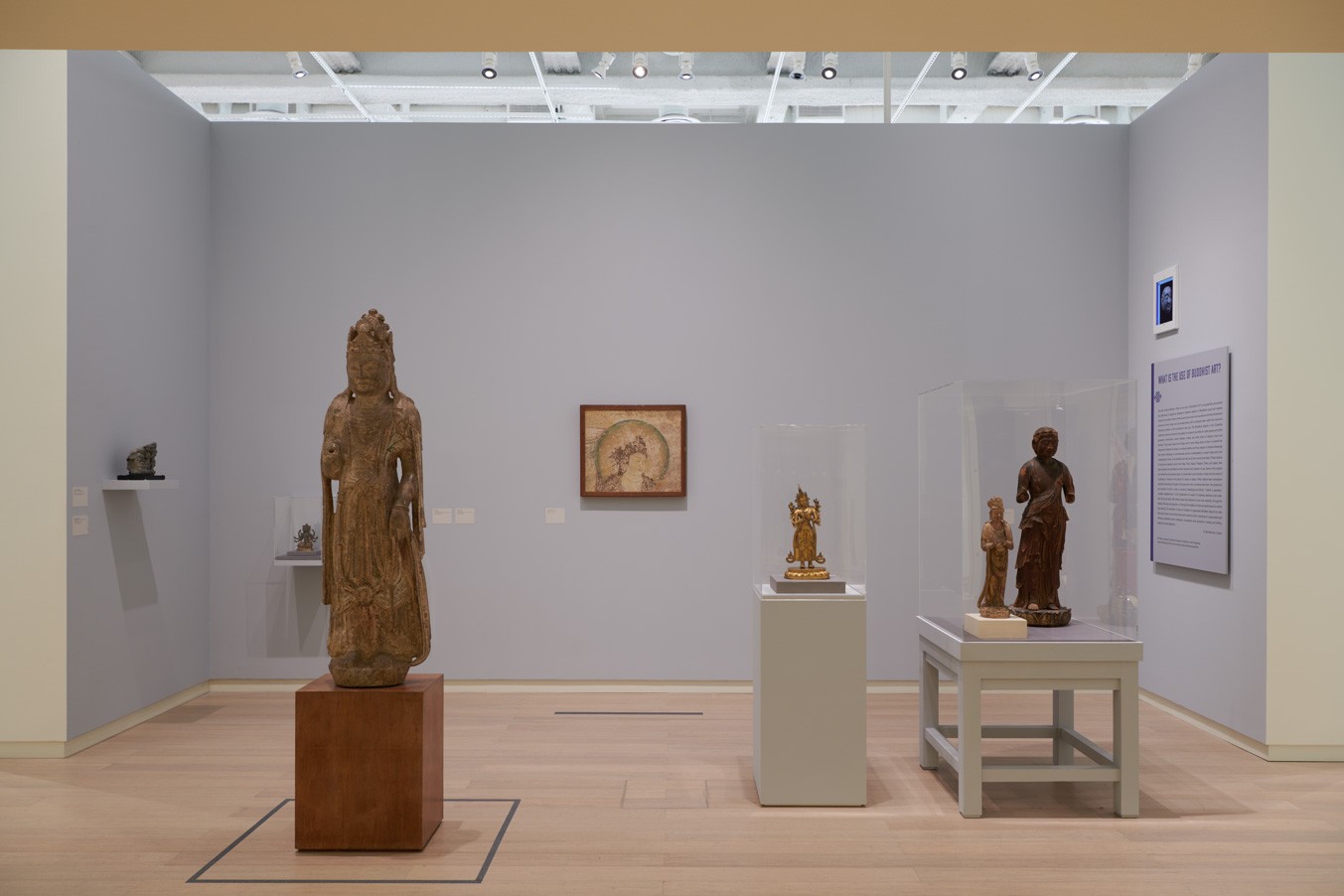
Installation view of the exhibition "What Is the Use of Buddhist Art?", on view at the Wallach Art Gallery, Columbia University December 4, 2021-March 12, 2022.
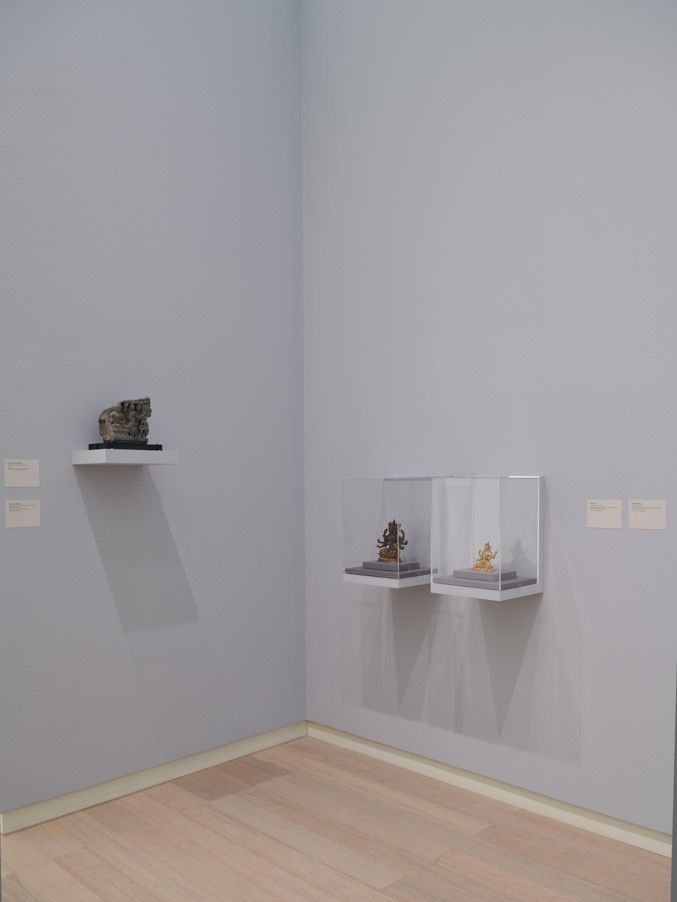
Installation view of the exhibition "What Is the Use of Buddhist Art?", on view at the Wallach Art Gallery, Columbia University December 4, 2021-March 12, 2022.
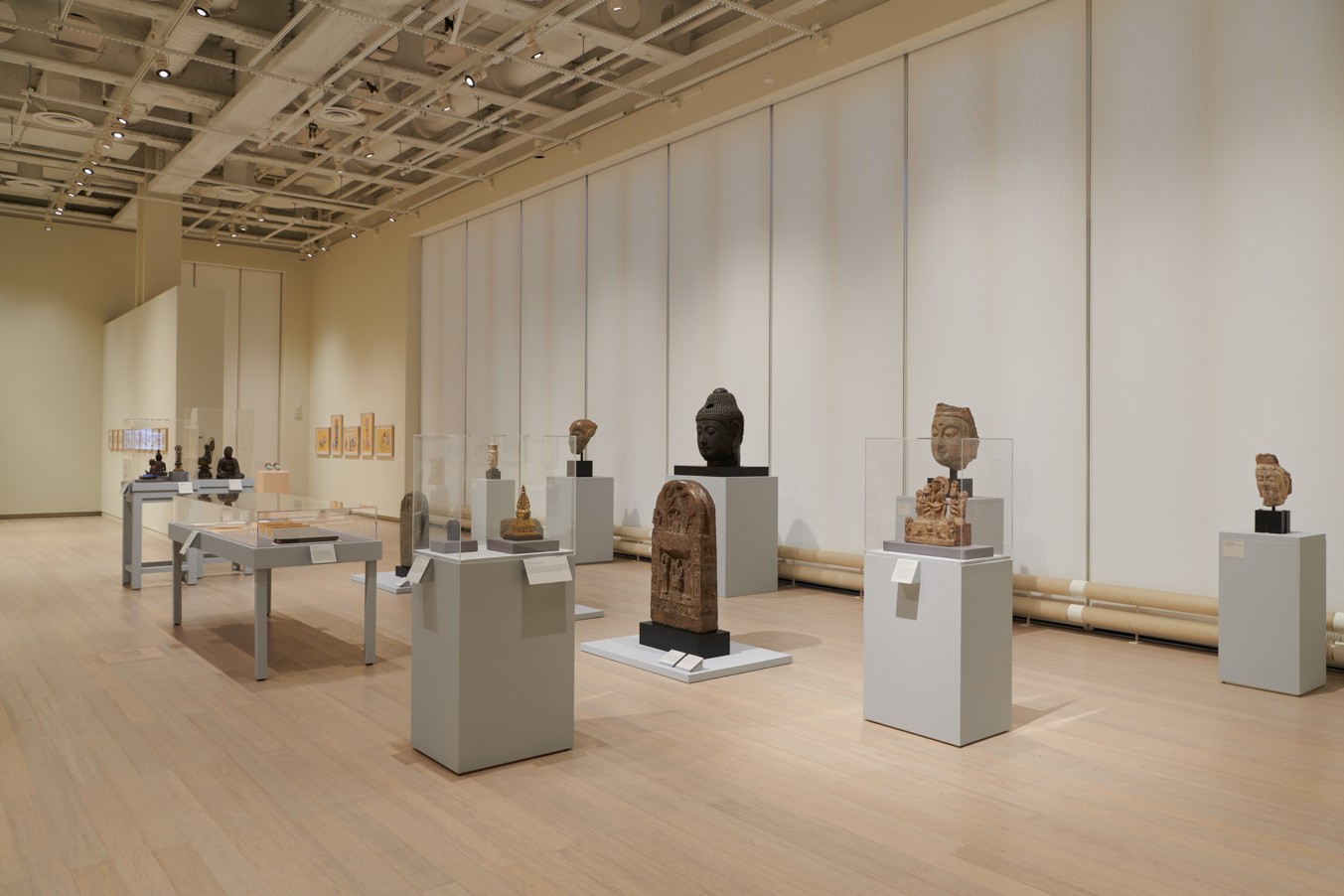
Installation view of the exhibition "What Is the Use of Buddhist Art?", on view at the Wallach Art Gallery, Columbia University December 4, 2021-March 12, 2022.
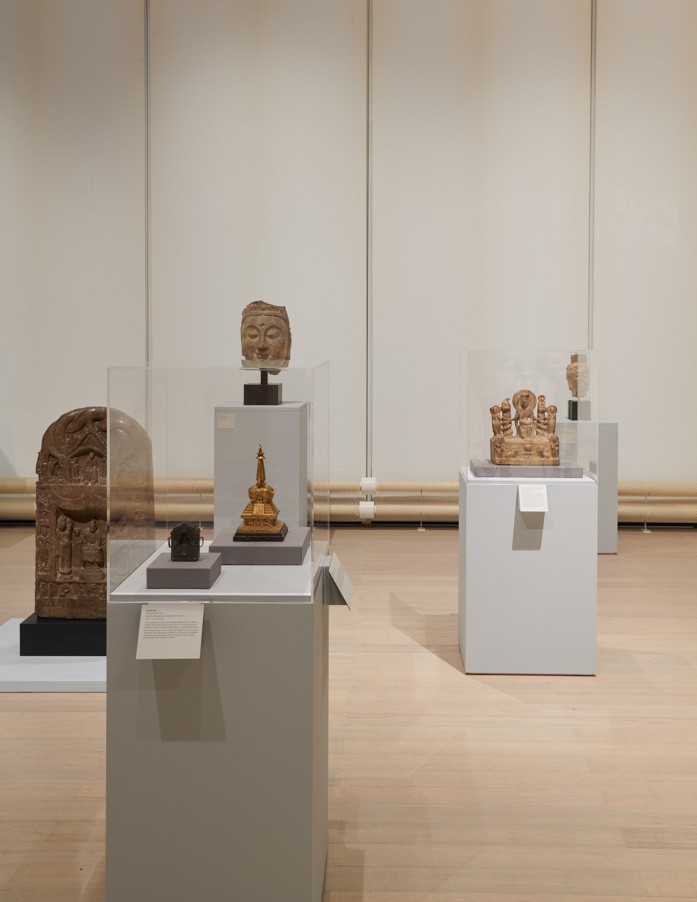
Installation view of the exhibition "What Is the Use of Buddhist Art?", on view at the Wallach Art Gallery, Columbia University December 4, 2021-March 12, 2022.
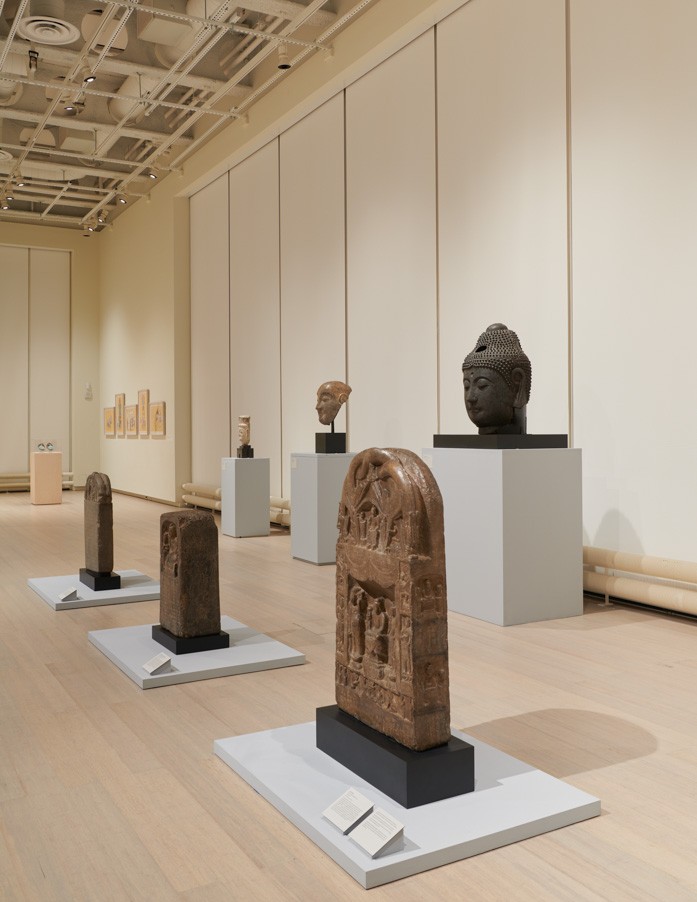
Installation view of the exhibition "What Is the Use of Buddhist Art?", on view at the Wallach Art Gallery, Columbia University December 4, 2021-March 12, 2022.
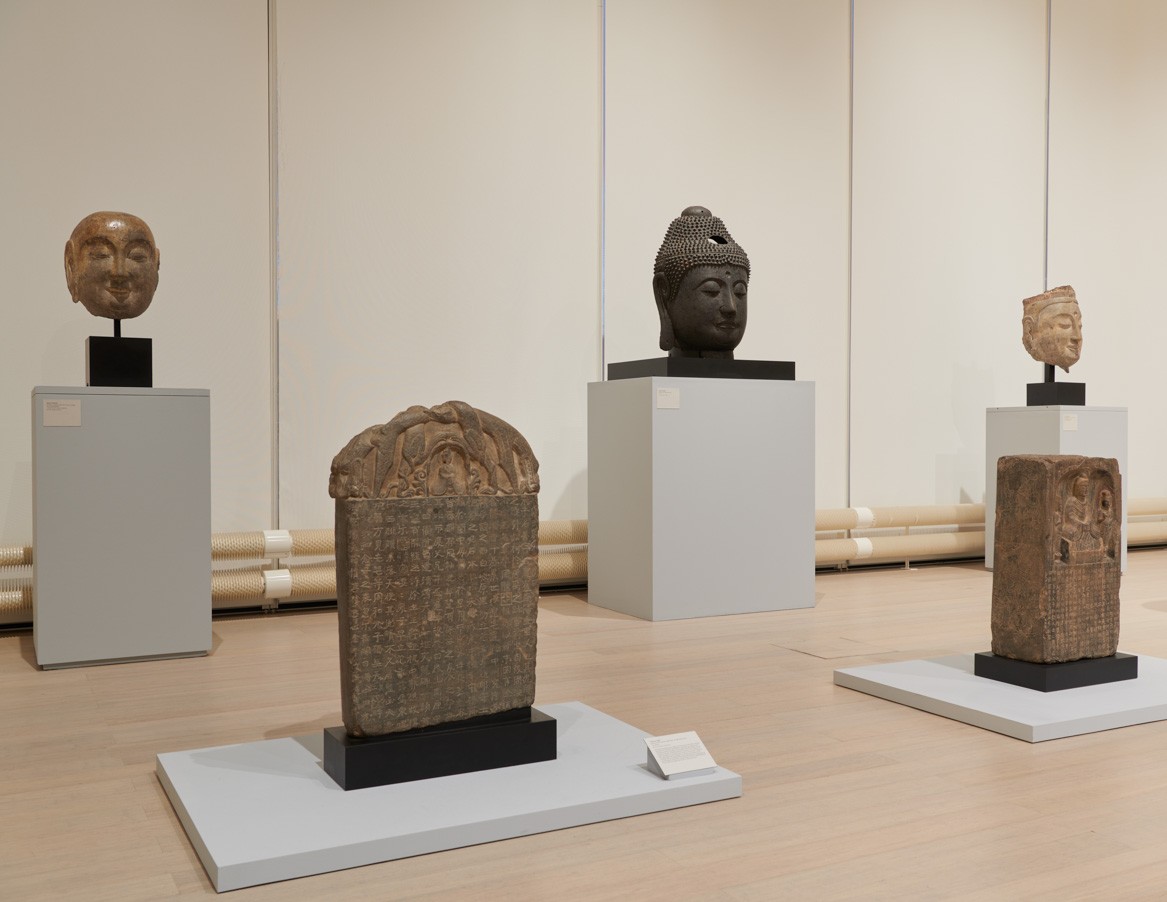
Installation view of the exhibition "What Is the Use of Buddhist Art?", on view at the Wallach Art Gallery, Columbia University December 4, 2021-March 12, 2022.
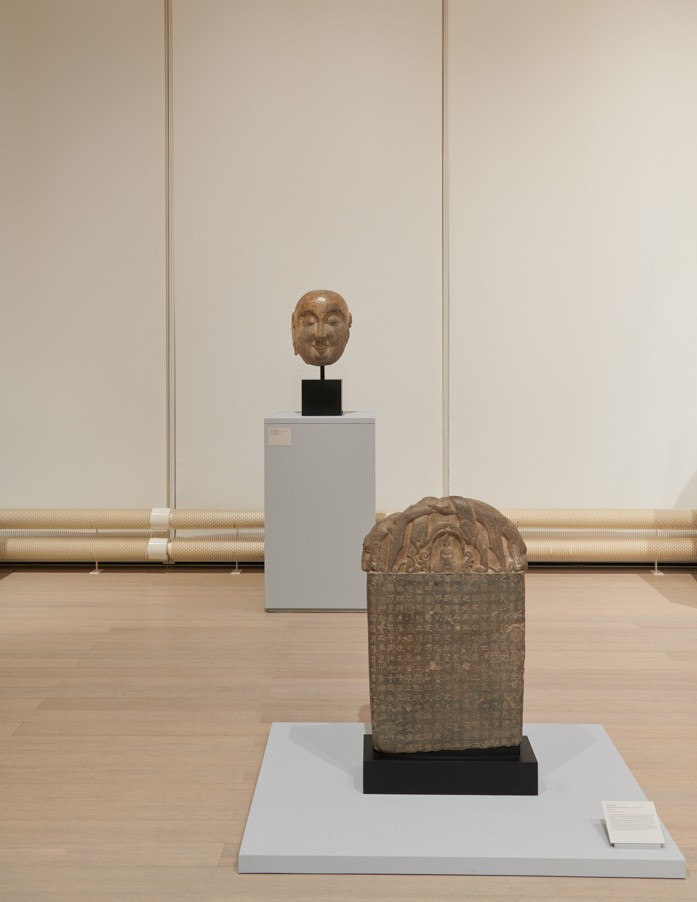
Installation view of the exhibition "What Is the Use of Buddhist Art?", on view at the Wallach Art Gallery, Columbia University December 4, 2021-March 12, 2022.
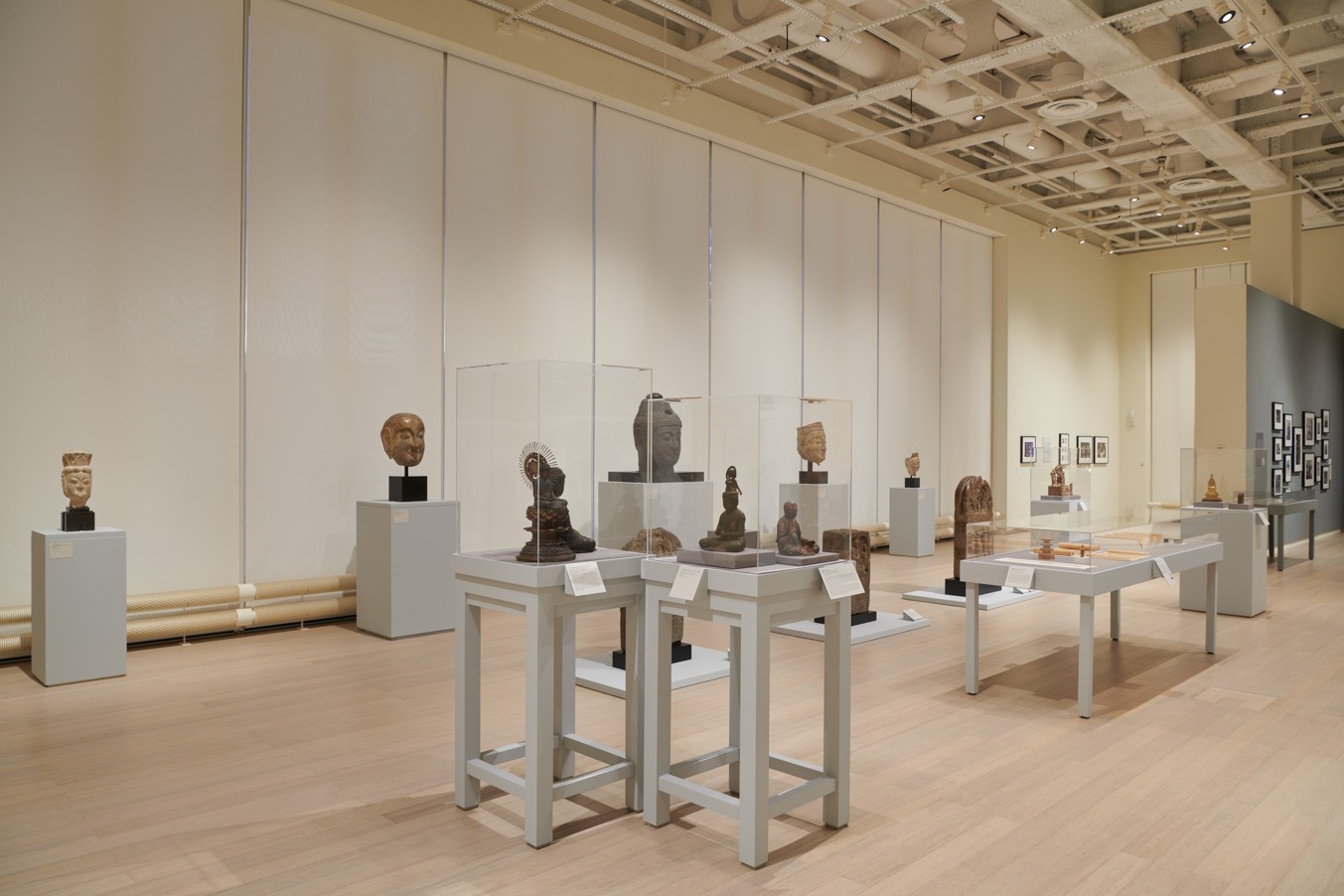
Installation view of the exhibition "What Is the Use of Buddhist Art?", on view at the Wallach Art Gallery, Columbia University December 4, 2021-March 12, 2022.
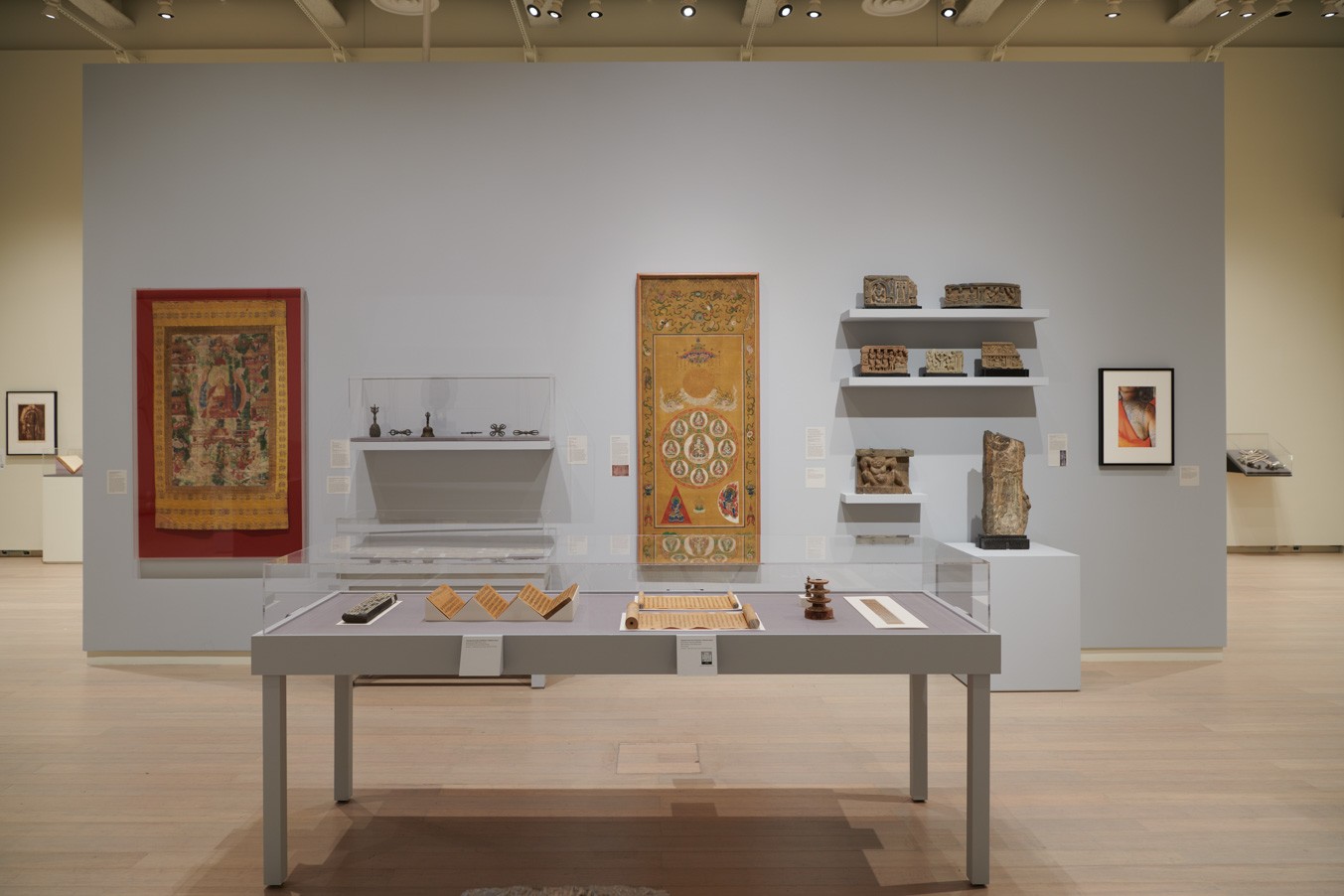
Installation view of the exhibition "What Is the Use of Buddhist Art?", on view at the Wallach Art Gallery, Columbia University December 4, 2021-March 12, 2022.
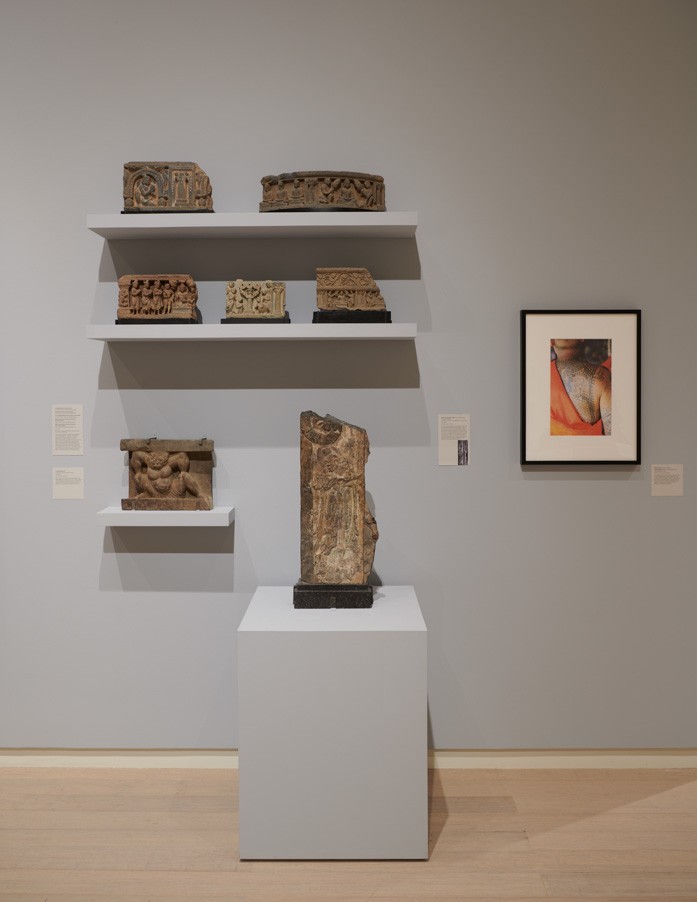
Installation view of the exhibition "What Is the Use of Buddhist Art?", on view at the Wallach Art Gallery, Columbia University December 4, 2021-March 12, 2022.
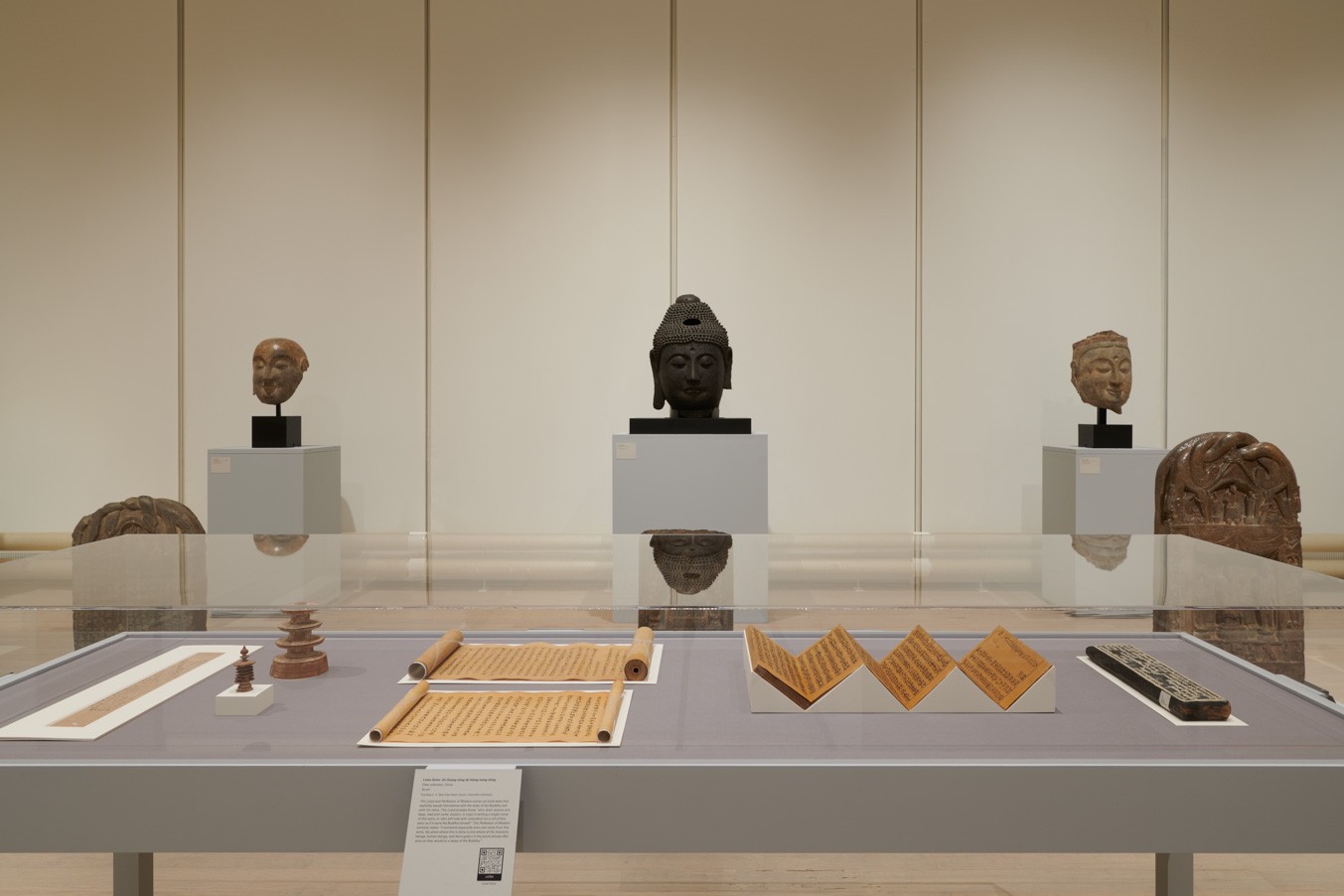
Installation view of the exhibition "What Is the Use of Buddhist Art?", on view at the Wallach Art Gallery, Columbia University December 4, 2021-March 12, 2022.
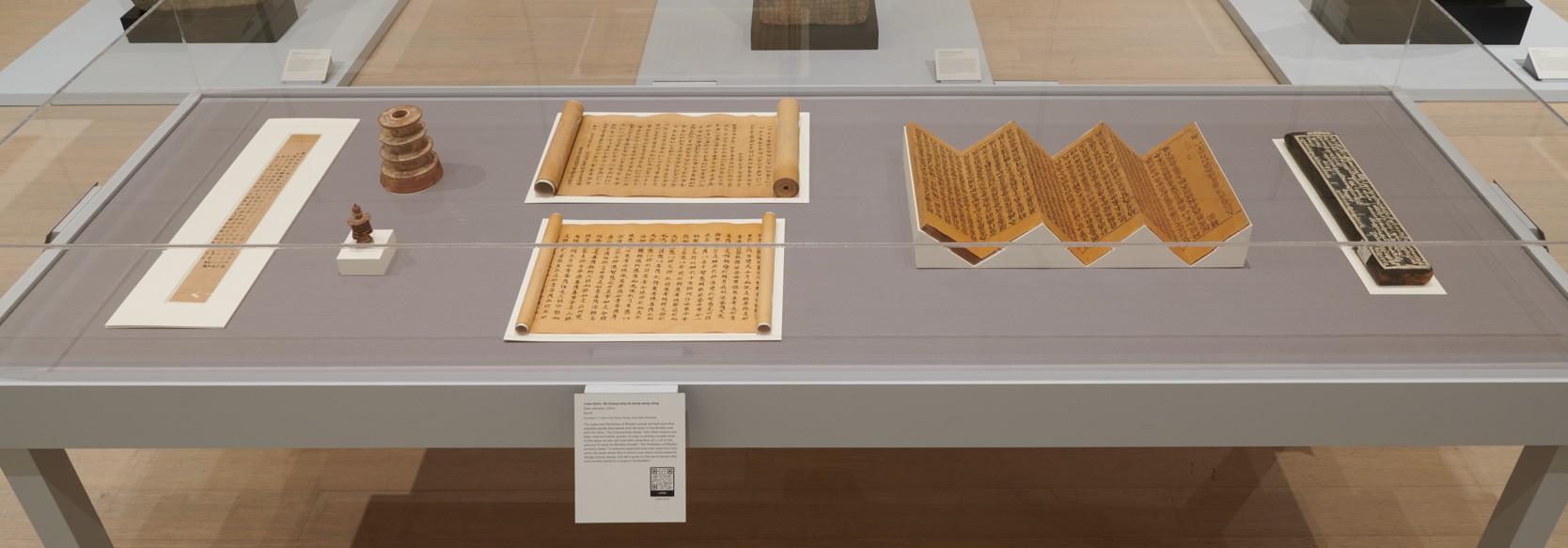
Installation view of the exhibition "What Is the Use of Buddhist Art?", on view at the Wallach Art Gallery, Columbia University December 4, 2021-March 12, 2022.

